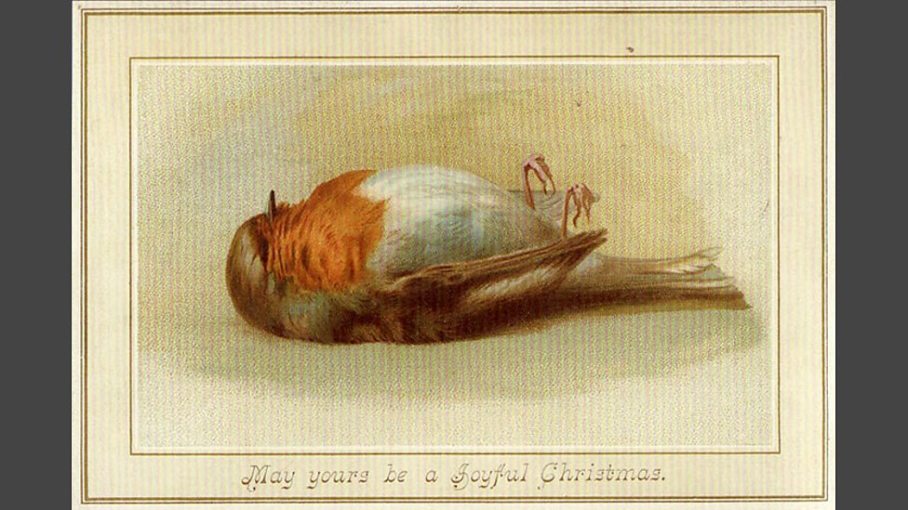“You better be good for goodness sake.”
For most people in the West, Christmas is a time of joy, of celebration, overeating, over drinking, repeats of dodgy films and overspending. In all honesty for me I just feel like I just want to go into a voluntary lockdown and not reappear until the 7th day of the new year.
But Christmas wasn’t always like what we have in Europe today. It was a worse, much darker, scary and dangerous celebration.
The inspiration for Santa Claus in European tradition was St Nicolas of Myra (Lycia), the Patron Saint of Children. On the 6th December he died and the legend of Santa Claus began. St Nicolas would travel to children’s homes and if they had been good he would leave a present under their pillow.
But tradition has it he had a more sinister companion, called in Germany Knecht Ruprecht , Zwarte Piet (Black Pete) in the Netherlands and Krampus in the Central and Eastern Alps. Krampus is believed to come from the German word, claw.
Knecht Ruprecht (Servant Rupert was first mentioned in a Christmas parade in Nuremburg in the 17th Century. He was a scary character described as having a long black beard, wearing a dark robe and carrying a sack of ashes.
On the 5th December he would visit the homes of children in Northern and Central Germany. He would ask children if they could recite their prayers. If the child could then they are rewarded with apples, nuts and gingerbread. If no then he would beat them with his sack of ashes. If they were really naughty then would be abducted and taken to Ruprecht’s home somewhere in the Black Forest either to be eaten or tossed into the river.
It is no more cheerful in the Netherlands tradition of Zwarte Piet. Black Pete appeared as his name implies a black faced character with large gold earrings and very exaggerated lips. In a similar vein he is Santa Claus’s helper.
The earliest written evidence of his appearance is in the 15th Century. He was associated with pirates and again there was the threat that he would abduct naughty children take them to a hide out and beat them. The large bag was used to stuff the children in for the trip.
In the days leading up to 5th December Cities and towns across the Netherlands dress up as Piet. And this has meant he has become a controversial political figure. The parades now often take on a violent and political tone. And there are many parades that have tried to transform him into “Chimney Pete” has has soot on his face.
Austrian children do not escape the alter ego of St Nicolas. If they have been bad then they will get a visit from Krampus. He takes on the appearance of a half man half goat. With a long tongue, fangs, and devil eyes.
Again he is a monster that punishes naughty children. He beats them with sticks, eats them or takes them back to hell with him. The luck ones wake up the next day with with a present. The not so fortunate bruised and terrified or on their way to hell.
A festivity to celebrate this devil is known as the Krampus run. It usually involves copious amounts of alcohol. People dressed up as Krampus parade through the streets of Austria and German scary spectators.
Although the run began relatively late in the traditions of Christmas – the late 20th century they have become more and more popular. Some have claimed that the popularity of the event is a reaction to the commercialization of Christmas.
Not to be out done France has Pere Fouettard Father Whipper. Nancy in the Lorraine region of France biggest day of the year have their very own Christmas Cannibal of France. He is a whip wielding butcher and he attempts to eat children.
The modern re- enactment of the tradition sees three local children visit the butcher and are depicted being sliced, quartered and salted. Fortunately St Nicolas arrives to resurrect them. Somewhat traumatized by the whole proceedings I would assume. And then Pere Fouettard runs through the crowd giving out coal and sometimes turnips and potatoes.
In the Middle Ages, Olaus Magnus the Swedish Cartographer believed that in Prussia, Livonia and Lithuania werewolves gathered on Christmas night and then spread out to “rage with wondrous ferocity against human beings…for when a human habitation has been detected by them isolated in the woods, they besiege it with atrocity, striving to break in the doors and in the event of doing so, they devour all the human beings, and every animal which is found within.” At a certain castle the monsters held werewolf games and those too fat to leap over a wall were eaten by their fitter comrades.
It was also a medieval belief in Latvia and Estonia that “at Christmas a boy lame of leg goes round the country summoning the devil’s followers, who are countless, to a general conclave. Whoever remains behind, or goes reluctantly, is scourged by another with an iron whip….The human form vanishes and the whole multitude becomes wolves.” This transformation lasted for twelve days.
Those stuffy Victorians had their own idea of what constituted as a Merry Christmas, as reflected in their bizarre Christmas Cards. In the Museum of London there are Christmas cards depicting dancing stag beetles, clowns beating up policemen, hares riding penny farthings, a polar bear devouring an unsuspecting Christmas reveller. Pictures of dead robins with the message “Calm decay and Peace Divine” and my personal favourite mice feasting on a cat with knives, forks, plates and a look of anticipation on their little faces.
In respect of the bad boys of St Nicolas, the one thing they have in common – other then to scare the proverbial out of naughty children is they have their origins in pagan celebrations of the winter solstice. And there is a female Krampus and she punishes unfaithful husbands. So it’s not just children who need to be good at Christmas.
You better watch out, you better take care!








